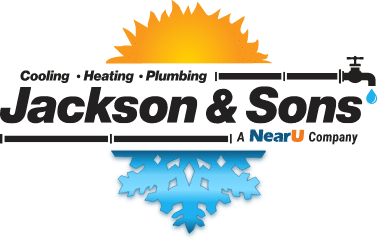
The system of ductwork in your home is divided into two separate halves and typically incorporates different types of ducts. When it functions properly, the system distributes the correct volume of conditioned air to every room, maintaining comfort regardless of the room’s distance from the central unit.
Types of Ducts
Supply ducts convey heated or cooled air into rooms. The return ducts remove air from rooms and circulate it back to the furnace or air conditioner, where it is reheated or cooled. With airflow moving in a continuous loop, a properly balanced system delivers and removes an equal volume of air, measured in cubic feet per minute, from each room. This is known as neutral air balance, the optimum state for efficient and effective heating and cooling.
The central supply duct, commonly referred to as the trunk, carries a high volume of air and is typically composed of rectangular-shaped sheet metal ducts. Similarly, the return ducts that convey an equal volume of air back to the central unit are typically rectangular and made of sheet metal.
Branch ducts split off from the central trunk duct and deliver air to individual rooms. Branches are smaller diameter sheet metal ducts and are usually round. Dampers that can be opened and closed adjust the volume of airflow in each branch to the size of the individual room. When the branch duct must be routed around numerous obstructions, a flexible duct is often used.
When Good Ducts Go Bad
The main weakness of all types of ducts is air leakage. Over time, ductwork begins to leak conditioned air into zones like the attic, crawl space, or inside of walls. The U.S. Department of Energy estimates that ducts in the average house leak approximately 20 percent of the heated or cooled air they convey. A qualified HVAC contractor can inspect and pressure-test ductwork to determine the extent and location of leaks and then offer options for sealing to restore efficiency.
For more about maintenance and repair of the various types of ducts installed in your home, contact Jackson & Sons.
Our goal is to help educate our customers in Eastern North Carolina (including Wayne, Johnston, Greene, Lenoir, Pitt and Duplin Counties) about energy and home comfort issues (specific to HVAC systems).

